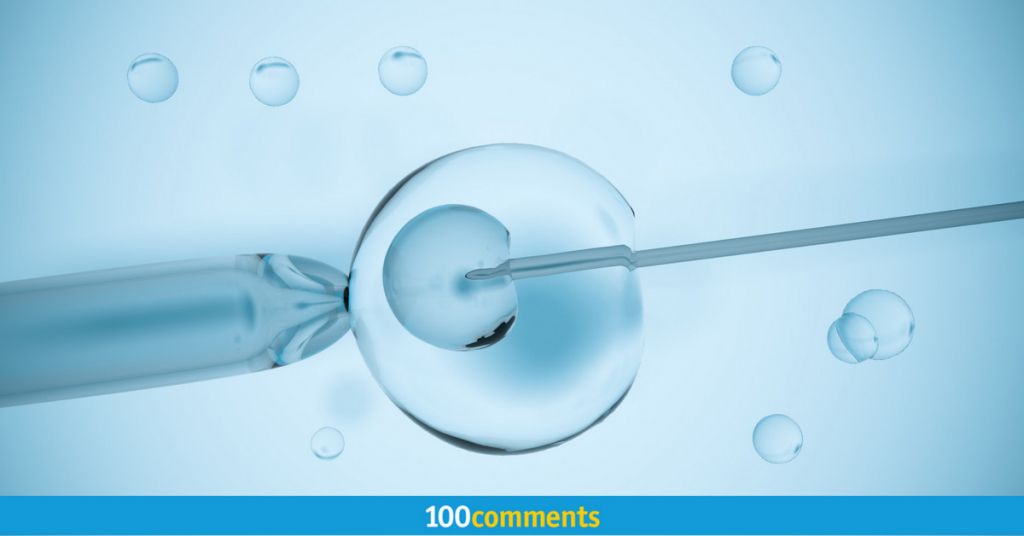In Vitro Fertilization (IVF) is the most effective and common fertility treatment in the world. Most people still do not have a clear understanding of how an IVF treatment works unless they have actually gone through it.
In a nutshell, IVF involves stimulation of the woman’s ovaries using hormone injections to produce more than 1 egg to be fertilised by her husband’s sperm in the IVF laboratory. After 2 to 5 days following fertilisation, 1 to 2 resulting embryos are then returned to the woman’s womb in hopes that implantation would occur.
Here are some answers to a couple’s frequently asked questions when they are considering undergoing an IVF treatment.
What Conditions Can IVF Help Treat?
IVF can help a woman get pregnant if she has problems with ovulation or egg quality, if she has blocked or damaged fallopian tubes, or if her male partner has problems with sperm count or motility. To find out if IVF is the most appropriate treatment for you, seek the help of a fertility expert to study your reproductive health history and who can guide you on the next steps and the diagnostic procedures to take.
How Much Does IVF Cost?
In Malaysia, IVF treatments can range from RM4,000 to RM30,000 per cycle depending on the woman’s age, BMI and type of fertility treatment required. Couples who are concerned about the costs will be encouraged to note that they will be allowed to withdraw from their Employees Provident Fund (EPF) to fund the procedure. EPF has recently announced that it will create a new option for withdrawals for fertility treatments like IVF following the 2020 Budget proposal to allow contributors to seek such treatments.
What Are The Factors To Boost The Chances of IVF Success?
Your IVF success rate will depend on many factors, including your age, health and cause of infertility. A woman’s age is a crucial factor in the success of IVF for any couple. If she is under 35 years, she has a 39.6 per cent chance of having a baby via IVF, while a woman over 40 has an 11.5 per cent chance of conceiving through IVF. Nevertheless, with the advancement in technology and as doctors become more experienced and skilled, the CDC has discovered that the performance rate is increasing in every age group. For instance, KL Fertility Centre has reported rates ranging from 26.8% to 69.2% depending on the age of the patient and type of embryo transfer.
Another factor you may want to consider to increase your chances of success is the transfer of frozen embryos, rather than the use of ‘fresh’ ones. Studies have shown that using frozen embryos pose a decreased risk of mothers bleeding and prematurely born babies with low birth as compared to using freshly-transplanted ones.
There are also some measures that can increase your chances of getting pregnant, such as proper nutrition, which can help with conception and brace your body for your infant.
Are There Any Risks Involved With IVF?
In general, IVF is a safe treatment, but there are some risks associated with it, such as complications that may arise from an egg retrieval procedure or anaesthesia. However, these risks are also common in minor and major medical surgeries.
One other risk associated with IVF is the Ovarian Hyperstimulation Syndrome (OHSS), which affects less than 10% of women undergoing IVF. This happens when the ovaries of a woman react in an exaggerated way to the excess hormones given to stimulate the development of eggs in the ovaries. The good news is that the effect is almost always minimal and can be managed easily. It is also usually easily predicted and prevented.
How Long Does An IVF Cycle Take?
A fertility centre that uses a quick stimulus process will shorten the process to just around 8 to 9 days of hormone treatments to reach a reasonable egg count and maturity before the eggs are collected. The process will only take around two weeks from the day that the period begins to the day of embryo transfer. Most of the fertility centres in Europe and Australia use this modern method of stimulation as it is much easier for the women resulting in less hormonal side effects and the possibility of ovarian hyperstimulation.
An Assurance Of High-Quality IVF Treatment
KL Fertility Centre’s high success rates through the provision of high-quality IVF treatment options made them the Natural Health Awards 2019 readers’ choice in the IVF Treatment category
KL Fertility Centre is an internationally accredited IVF unit by RTAC (Reproductive Technology Accreditation Committee – a subcommittee of the Board of the Fertility Society of Australia) since 2015. The RTAC committee is responsible for setting standards for the performances of IVF units through audited Codes of Practice.
Being RTAC accredited means that KL Fertility Centre practices continuous quality improvement and assurance measures to achieve and maintain high success rates through the provision of high-quality IVF treatment options. It is a great honour that KL Fertility Centre has been chosen by the Natural Health readers as one of the leaders in the IVF Treatment category.
In every sense of the word, the Centre is committed to provide excellent service to couples and help them achieve the status of parenthood in the shortest duration possible. The most common and sought-after infertility treatment at the Centre, In Vitro Fertilization (IVF), involves extracting a woman’s eggs from her body and fertilizing them in the laboratory with her partner’s sperm, after which the resulting embryos will be placed back into her uterus in the next few days.
With the high degree of expertise, skill and attention to detail by its Fertility Specialists and Embryologist team, KL Fertility Centre is able to achieve consistently high IVF pregnancy success rates, comparable to international standards. There are also other treatment options such as preimplantation genetic tests and time-lapse embryo imaging to complement your IVF treatments.
For more information above IVF and KL Fertility Centre, visit their website at www.klfertility.com and their Facebook page at www.facebook.com/kIfertilitycentre.

















